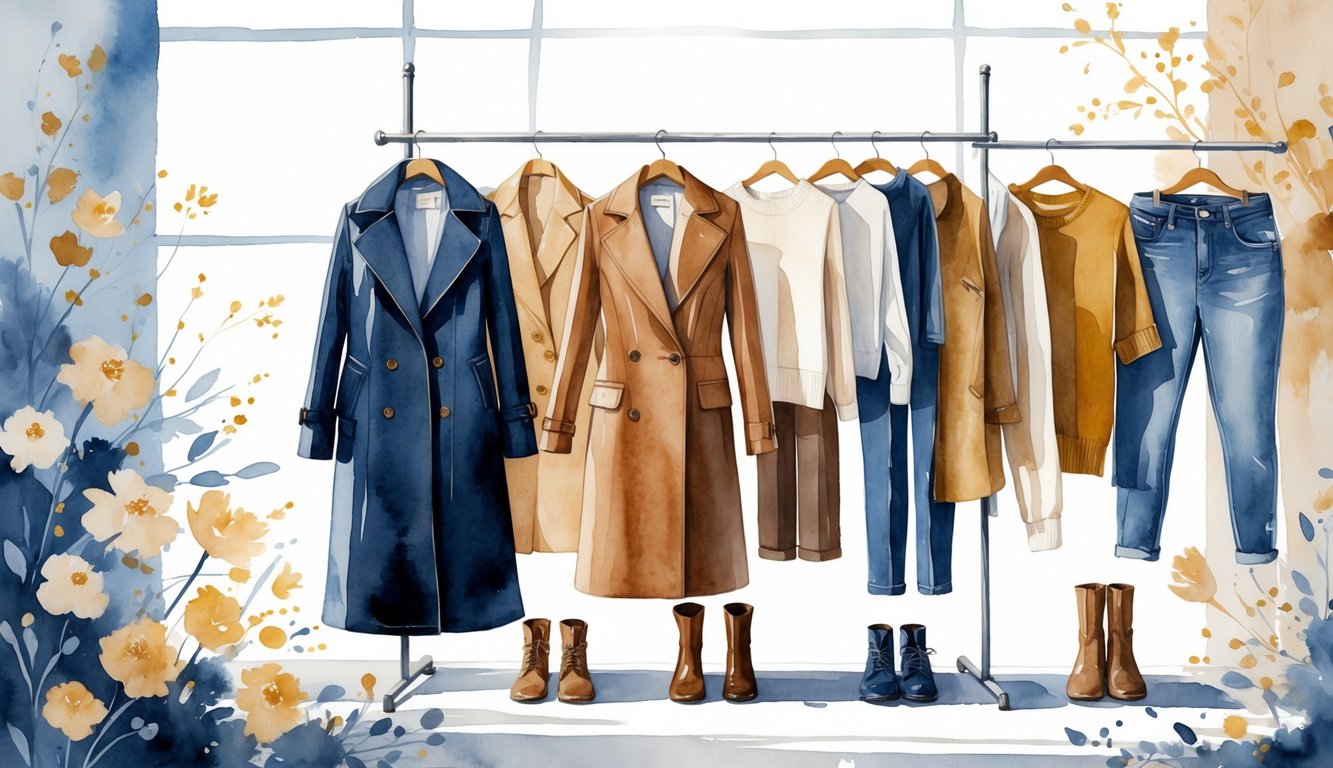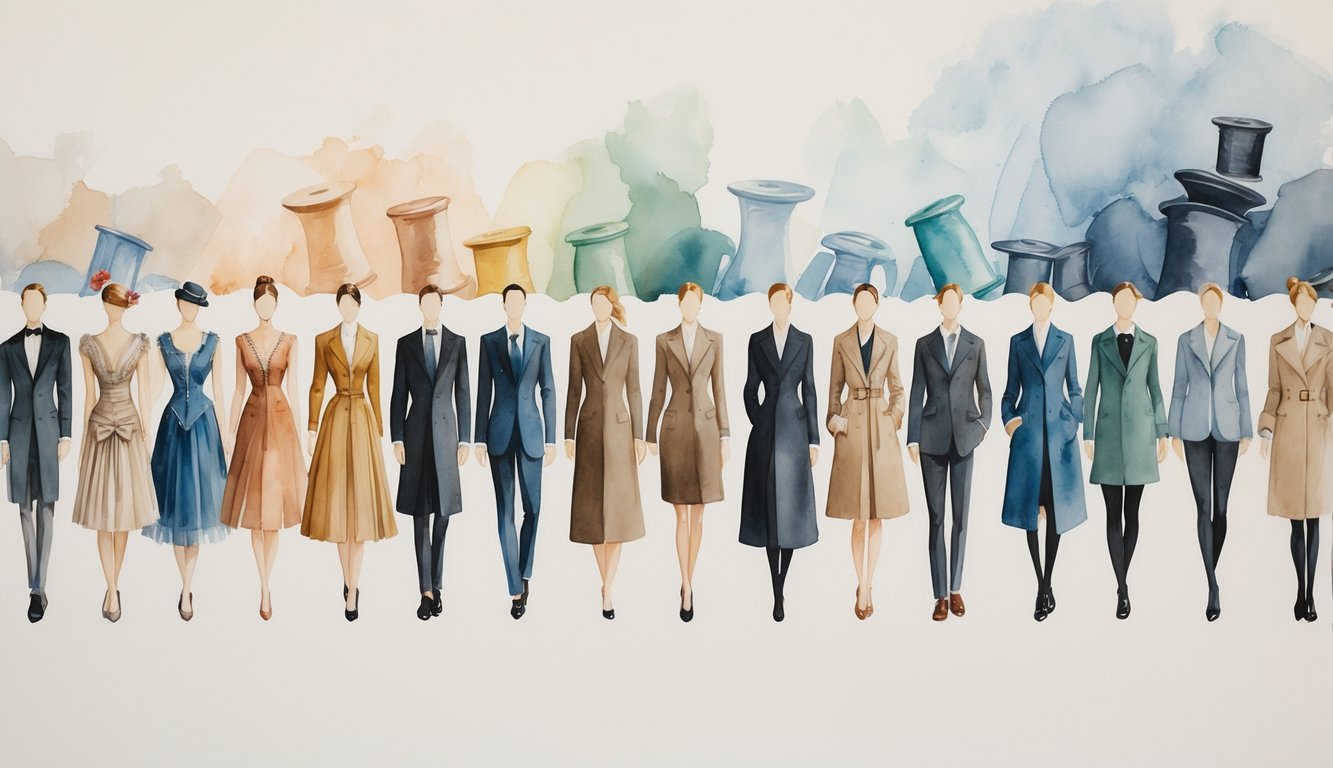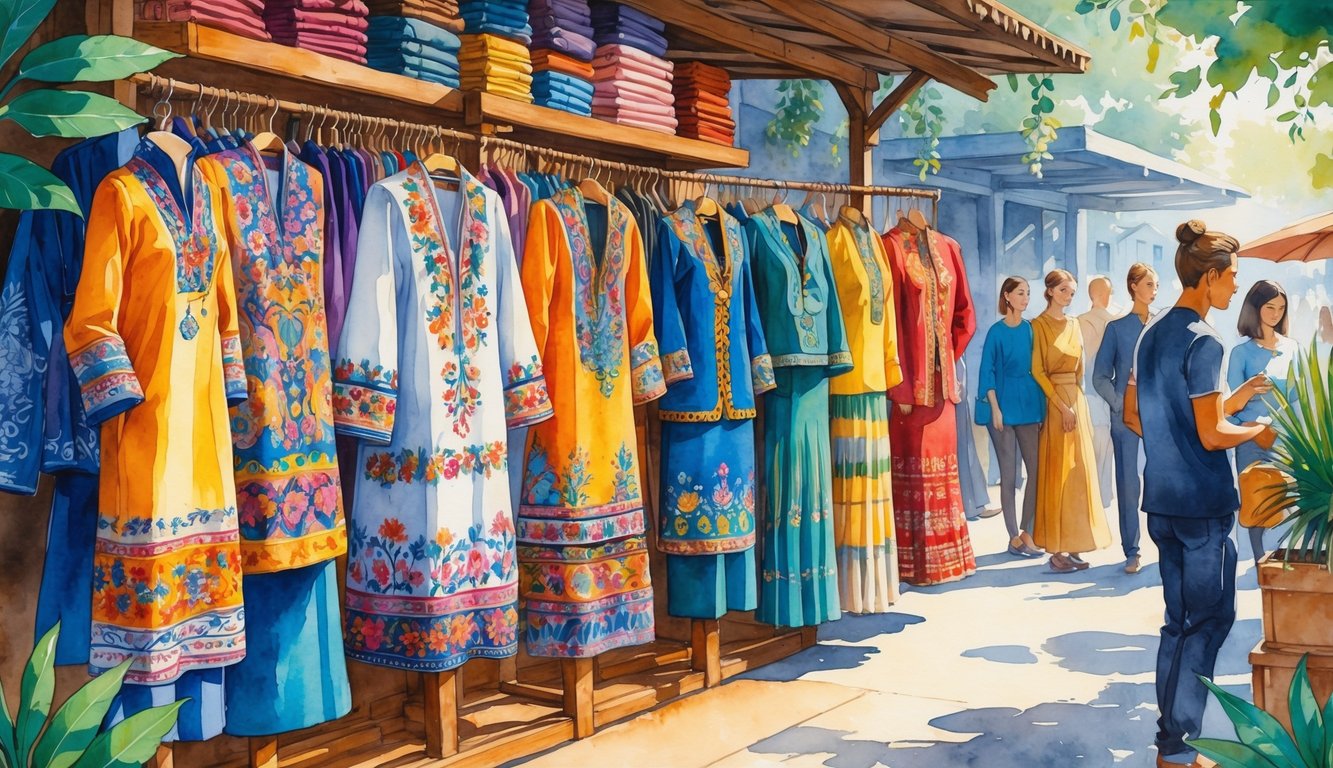
Historical Context: Investment Pieces Through the Ages

All of a sudden, practical spending gets tangled up with nostalgia. People are shelling out for old luxury jackets, battered 1930s coats, sturdy loafers—stuff that outlasts those $10 mall tops by decades. Feels like a trend, but really, it’s been brewing since the 1920s (and, honestly, plenty of not-so-glamorous American history).
From the 1920’s to Now
Still bugs me: last week, a client told me she bought a 1929 Cartier bracelet instead of a fast-fashion bag. It made me think about how, back in the day, people flaunted investment pieces for status, not “sustainability.” Coco Chanel’s little black dress came out in 1926—total armor for women trying to dodge economic chaos. After the ’29 crash, everyone got obsessed with longevity. You bought clothes to hand down, not toss when a seam popped or colors faded.
Take a look at some fashion timelines. Every time the economy tanked—1930s, late ’70s—incomes shrank, but people bought better stuff. Lesson? Buy it once, wear it until it dies (or until moths eat it, which is honestly more likely). This cycle never really ended—just look at thrift stores in the ’90s, or luxury resale apps now.
American History and the Clothing Trade
Back in 1919, most people bought or made clothes to last. Not because it was trendy, but because you had no choice. Moms patched shirts, tailors stuffed coat pockets with weirdly sturdy linings, farmers actually paid for boots meant to survive a whole season. Weird side note: tariffs and jobbing houses in early 20th-century America made imported luxury stuff rare, almost mythical. Chain stores popped up, but the best-dressed folks at a train station? Always in a thick wool coat, not some flimsy dress that’d fall apart in a week.
Table: Clothing Durability Across Eras
| Year | Common Wardrobe Investment Piece | Expected Lifespan |
|---|---|---|
| 1919 | Wool suits, leather boots | 8-10 years |
| 1930 | Silk dress, mink stole | 12+ years |
| 1970 | Tailored trench, denim jacket | 6-8 years |
I used to think all the fuss over old clothes was just nostalgia. Then I found my grandfather’s 1930s peacoat shoved in the back of my closet. Thing weighs more than my laptop and somehow still looks new. Meanwhile, I rip through $40 shirts in a month. Durability wasn’t just a myth. It was what people expected and demanded.
Cultural Preservation and Conservation

I’m staring at my closet again—half thrifted, a couple of vintage jackets, and, seriously, why does no one ever talk about how annoying it is to keep wool from smelling weird after six months? Conservation isn’t just some museum curator’s obsession. It seeps into every little choice, from saving dying craft techniques to wondering if your “ethically sourced” python clutch is, you know, actually ethical.
Museums and Wardrobe Conservation
Some mornings, I’m convinced museums are hoarding all the good stuff. Hand-beaded coats, 1920s velvet that never even sees daylight except for Instagram. They have labs with climate sensors (me? Just hoping my garment bag is cat-proof). Dr. Elena Martin at The Met told me, “Humidity swings ruin more textiles than moths.” Guess that explains my sad, stretched-out cashmere sleeve.
If you walk through places like the V&A, you’ll see preservation methods most people never hear about. Vacuum sealing, pH-neutral tissue—definitely not those cardboard boxes from the store. It’s not just about pretty dresses, either. They’re archiving techniques, family crests, dye recipes nobody remembers. Sometimes, their biggest headache is cheap fast fashion gumming up the zippers on actual couture.
People love snapping pics at openings, but every display takes hundreds of hours—stitching stabilizers by hand, nitrogen chambers, even last-minute “rescue missions” for endangered regional outfits at auctions. Pro tip: museum membership is worth it if you want to see conservation up close. Docent tours beat staring at basics behind glass any day.
Endangered Species and Material Sourcing
Here’s what I still can’t wrap my head around: everyone says “sustainable leather” like that’s a real thing, but meanwhile, a bunch of species are on the CITES watchlist. Who actually believes every “certified” alligator wallet skipped the illegal trade route? I talked to an ex-importer once—he rattled off how embargoes send python and crocodile prices haywire. “Brands fudge it with blends and coded paperwork,” he said, waving around ledgers like a tax guy with a grudge.
Legal ivory? Gone, thank god, except for the odd antique button or couture detail at auction (which, weirdly, gets more press than the fact that pangolin leather is basically extinct because of fashion). Sourcing rules now demand proof—customs wants digital photos, microchips, DNA tags for some skins. Am I supposed to bring a microscope to the store?
Meanwhile, conservation groups push for vegan alternatives, but those are often heavy on plastics, which opens up a whole new can of worms. Cultural preservation in Indigenous textiles is at risk if bans wipe out local crafts, so UNESCO has to check with communities before making any big moves. Experts say to check import logs before buying, but honestly, who has time for that between laundry and fighting off moths?



